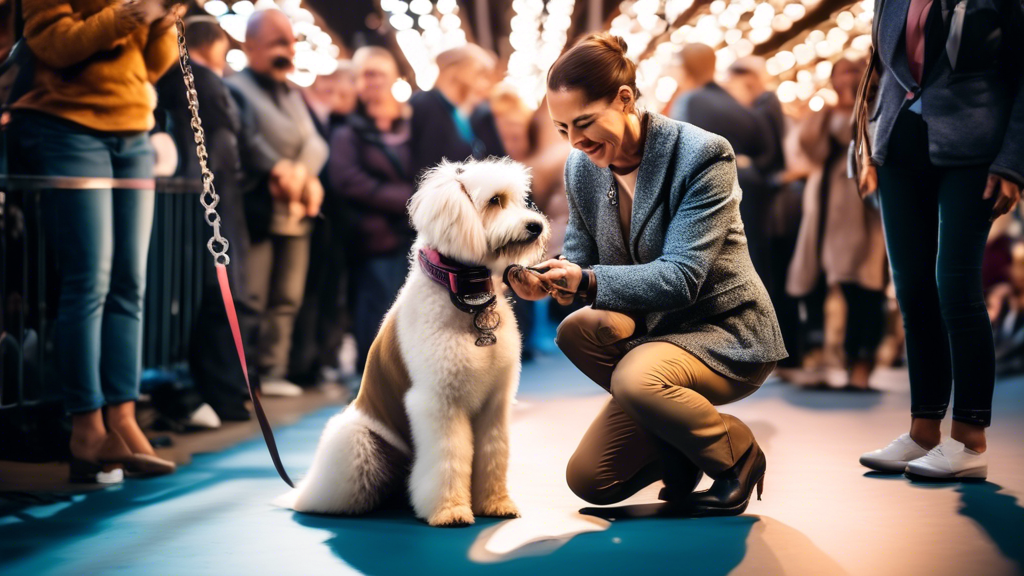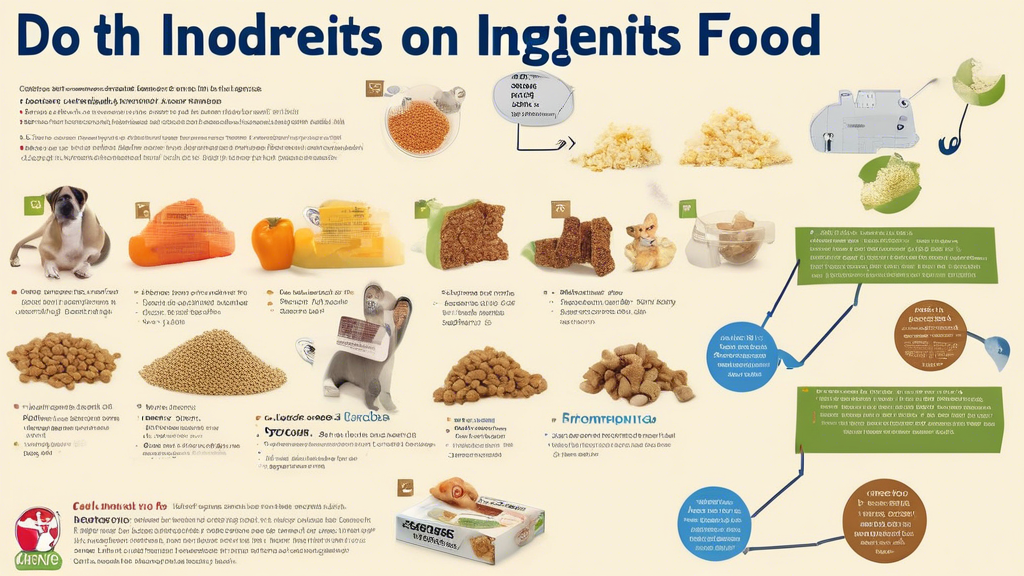**Introduction**
Separation anxiety in dogs, a prevalent behavioral issue, arises when dogs experience distress or anxiety when separated from their owners or primary caregivers. This article delves into the complexities of canine separation anxiety, providing comprehensive guidance for pet owners seeking to alleviate their dogs’ emotional distress.
We explore the common triggers that instigate separation anxiety, highlighting effective strategies for minimizing or eliminating these triggers and preventing the onset of anxious behaviors. Additionally, we introduce the principles of gradual desensitization and counter-conditioning, proven techniques for gradually exposing dogs to periods of separation while associating these experiences with positive reinforcement. By implementing these strategies, owners can empower their dogs to overcome separation anxiety and foster healthy, balanced relationships.
## 1. Identify Common Triggers and Manage Them ##
Understanding Triggers that Induce Separation Anxiety
Separation anxiety in dogs is triggered by various factors that create a sense of distress when they are left alone. Common triggers include:
– **Changes in routine:** Dogs thrive on predictability. Any significant changes in their daily schedule, such as a new work schedule or a vacation, can trigger anxiety.
– **Absence of familiar people or places:** Dogs form strong attachments to their owners and frequently experience anxiety when separated from them. This can also extend to other familiar people or places that provide comfort.
– **Environmental changes:** Moving to a new home, renovating a room, or even rearranging furniture can disrupt a dog’s sense of security and trigger separation anxiety.
– **Loud noises or unfamiliar stimuli:** Certain sounds, such as thunderstorms or fireworks, can startle or frighten dogs, causing them to feel anxious and insecure when left alone.
– **Health issues:** Underlying medical conditions, such as pain or discomfort, can contribute to separation anxiety by making dogs reluctant to be left alone due to their discomfort.
Implementing Strategies to Minimize Triggers
Once the potential triggers for separation anxiety have been identified, several strategies can be employed to minimize or eliminate them:
– **Establish a consistent routine:** Maintain a regular schedule for feeding, walking, and playtime to provide stability and reduce uncertainty for the dog.
– **Provide a safe and secure space:** Create a designated area for the dog with familiar items such as their bed, toys, and a favorite blanket.
– **Use pheromone diffusers or sprays:** Synthetic pheromones, such as Adaptil, can mimic the calming pheromones released by nursing mothers, creating a sense of security and reducing anxiety.
– **Block off access to trigger areas:** If possible, restrict the dog’s access to areas that may trigger anxiety, such as windows where they can see people or animals passing by.
– **Address underlying health issues:** Consult a veterinarian to rule out any underlying medical conditions that may be contributing to separation anxiety and treat them accordingly.
The #1 Free Source for Pitbull & Bully Pedigrees!

## Gradual Desensitization and Counter-Conditioning
Gradual desensitization and counter-conditioning are effective techniques for reducing separation anxiety in dogs. This involves gradually exposing the dog to periods of separation, while simultaneously pairing these separations with positive reinforcement.
**Gradual Exposure**
Start by exposing the dog to short intervals of separation, such as 5-10 minutes. Gradually increase the duration of the separation sessions as the dog becomes more comfortable. This allows the dog to slowly adapt to being alone and reduce its anxiety.
**Positive Reinforcement**
During the separation sessions, provide the dog with positive reinforcement, such as treats, toys, or praise. This helps to create a positive association with being alone and makes it less stressful for the dog.
**Counter-Conditioning**
Counter-conditioning involves changing the dog’s negative association with separation into a positive one. To do this, pair the presence of triggers (e.g., keys, leash) with positive experiences, such as play, treats, or attention. This helps the dog to associate these triggers with something pleasant rather than something anxiety-inducing.
**Example**
* Start by leaving the dog alone for 5 minutes with a high-value treat.
* Gradually increase the separation time by 5 minutes each day.
* When the dog is comfortable with 30-minute separations, introduce a trigger, such as putting on your shoes.
* Pair putting on your shoes with a treat or play session.
* Continue counter-conditioning exercises by gradually increasing the duration and intensity of the triggers.
By gradually desensitizing the dog to separation and counter-conditioning it to associate triggers with positive experiences, you can effectively reduce separation anxiety and help your dog feel more comfortable and secure when you’re away.
**Conclusion**
Effectively managing separation anxiety in dogs requires a multifaceted approach that addresses both the underlying triggers and the dog’s emotional response. By identifying and eliminating common stressors, implementing gradual desensitization and counter-conditioning techniques, and providing consistent support and reassurance, pet owners can help their dogs overcome this distressing disorder.
Remember, patience and consistency are crucial. The process of reducing separation anxiety can be gradual, but with unwavering effort and the right strategies, dogs can learn to cope with periods of being alone and enjoy a more balanced and fulfilling life. Additionally, seeking professional guidance from a qualified veterinarian or animal behaviorist can provide valuable support and tailored treatment plans. Together, pet owners and professionals can create a positive and secure environment where dogs feel safe, loved, and confident even when their humans are away.













Leave A Comment